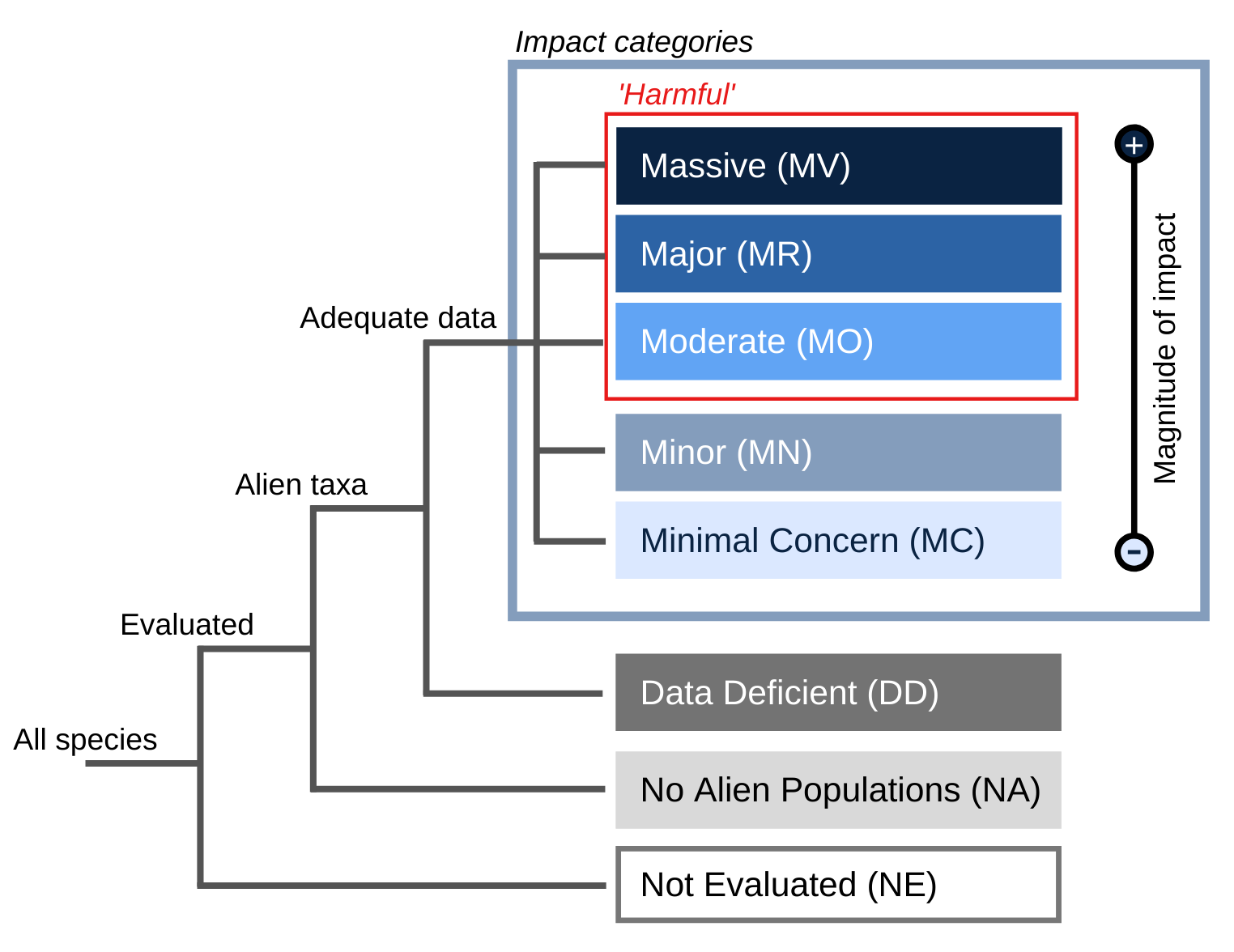- General
- Distribution
- Impact
- Management
- Bibliography
- Contact


Ampelopsis heterophylla , (Thunb.) Sieb. & Zucc.
Principal source: Young, J. 2000. Porcelainberry. Washington, D.C.: National Park Service, Plant Conservation Alliance, Alien Plant Working Group
Virginia Department of Conservation and Recreation and Virginia Native Plant Society (VDCR/VNPS). UNDATED. Invasive Alien Plant Species of Virginia: Porcelain-berry. Richmond, Virginia.
Compiler: National Biological Information Infrastructure (NBII) & IUCN/SSC Invasive Species Specialist Group (ISSG)
Review: Dr.Jean Gerrath, Assoc. Professor Department of Biology University of Northern Iowa. USA
Publication date: 2005-01-24
Recommended citation: Global Invasive Species Database (2025) Species profile: Ampelopsis brevipedunculata. Downloaded from http://iucngisd.org/gisd/species.php?sc=292 on 05-11-2025.
\r\nPhysical: Where feasible, plants should be pulled up by hand before fruiting to prevent the spread of seeds. If the plants are pulled while in fruit, the fruits should be bagged and burned before they ripen. Because the roots of A. brevipedunculata plants often merge with shrubs or other desirable vegetation, this type of manual removal is difficult in well-established patches without damaging the desirable vegetation as well.
\r\nChemical: The herbicides triclopyr (e.g., Garlon 3a and Garlon 4) and glyphosate (Roundup and Rodeo) have been used with varying success to battle infestations of A. brevipedunculata. Application of a water-based solution of 2.5% Garlon 3A (triclopyr amine) to foliage should be done from summer to fall. For basal bark application, a mixture of 20-30% Garlon 4 (triclopyr ester) with an equal volume of commercially available basal oil, diesel fuel, No. 1 or 2 fuel oil, or kerosene can be used. Other oils, such as horticultural oil can be substituted if the label for the oil recommends it for basal bark application.
Smaller infestations can be controlled to some extent with spot applications of glyphosphate to leaves. Or the vine can be cut first, allowed to regrow, and then triclopyr can be applied to new growth. Application should be during any season when temperatures are around 15 deg C or more for several days, around the basal portions of vines. Vines can grow as long as 4.5m in a single growing season, so repeated applications in the same growing season and in subsequent years may be necessary to fully eradicate the plant. Herbicide treatment is most effective when applied toward the end of the growing season when plants are actively transporting nutrients from stems and leaves to root systems (VDCR&VNPS UNDATED).










